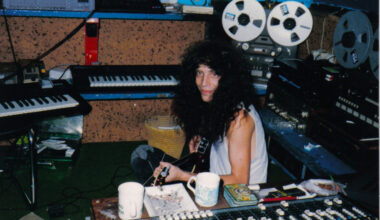The Beatmasters’ Paul Carter recalls the making of ‘Rok Da House’, their 1987 hit with The Cookie Crew – widely acknowledged as the first hip house record
Want to read more?
Sign up to Electronic Sound Premium to gain access to every post, video, special offers, and more. 100%, all you can eat, no commitment, cancel any time.
Already a premium member? Log in here





